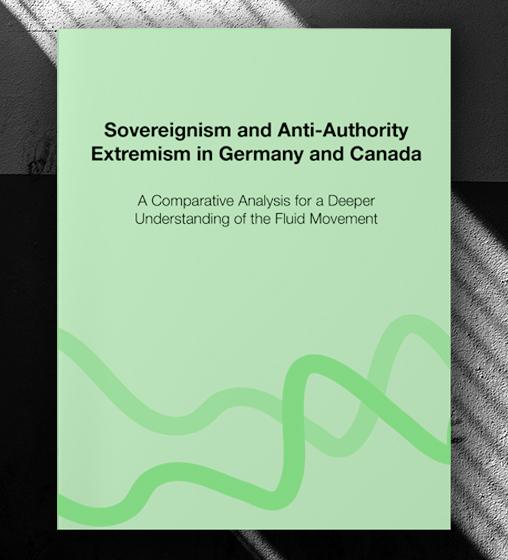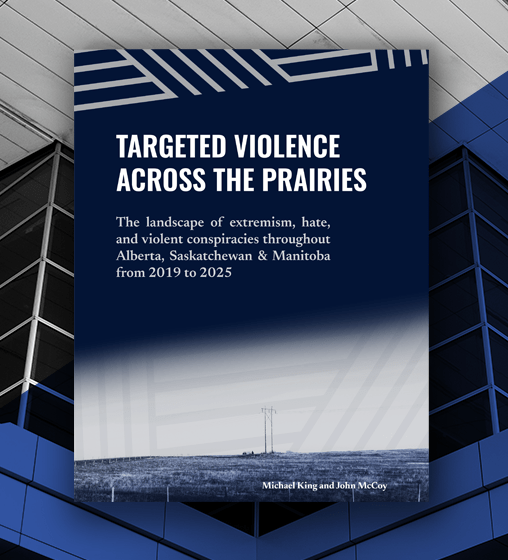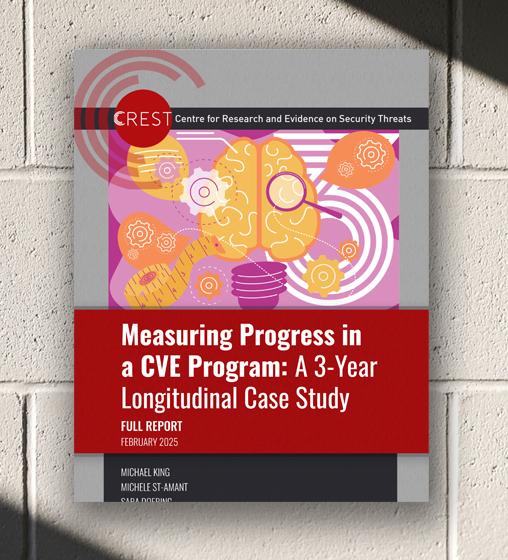The landscape of extremism, hate, and violent conspiracies throughout Alberta, Saskatchewan, & Manitoba from 2019 to 2025
Authors: Michael King and John McCoy
Publication Date: May 12th, 2025
Executive Summary
The landscape of targeted violence, extremism, and hate has changed significantly since 2019, when the Organization for the Prevention of Violence (OPV) published its first report surveying the landscape of hate-motivated violence across the province of Alberta. Further examining this evolving landscape, the OPV published its second, updated report on hate-motivated violence and extremism across Alberta in 2022.
For this newest report, the OPV has expanded its focus to include all three Prairie provinces: Alberta, Saskatchewan, and Manitoba. In this report, we provide a comprehensive overview of the evolving landscape of targeted violence, extremism, and hate across the Prairies between January 2019 and February 2025. It is the first report of its kind to focus on the Prairie provinces.
During our period of study, major domestic and international events – such as the COVID-19 pandemic, contentious presidential elections in the United States, and geopolitical conflicts like the Israel-Hamas war – have continued to shape targeted violence, extremism and hate in Canada. Although many trends in the Prairies mirror broader national patterns, they often take on a distinct regional form and differ in magnitude. Specifically, our research yields seven key findings:
1. The persistence of ideologically motivated violent extremism
Ideologically motivated violent extremism (IMVE) remains a significant threat across the Prairies. IMVE actors now show a preference for localized, informal networks, or act alone. Recent developments during this period include the proliferation of so-called active clubs, which prioritize in-person and offline activities like combat training and physical fitness to prepare for a looming race war. Active clubs are present, at varying levels, in all three Prairie provinces.
2. Growing youth involvement in extremism and hate
Youth engagement in targeted violence, extremism and hate has increased, particularly among religiously motivated violent extremists, and within the online nihilistic accelerationist milieu, such as “The Com” and 764 networks. This development contrasts with the rise of active clubs, which attract slightly older demographics due to the nature of their offline activities.
3. Mixed and unclear extremism on the rise
A growing number of extremist actors adhere to highly individualized worldviews, blending elements from a variety of ideologies, personal experiences, grievances, and conspiracies. Extremist activities rooted in such idiosyncratic worldviews have unfolded across the Prairies, evident in incidents like the Edmonton City Hall attack and the ongoing encampment of the Kingdom of Canada in Richmound, Saskatchewan.
4. The emergence of nihilistic, accelerationist extremism
A strategy originally favored by xenophobic groups, accelerationism is now embraced by new online communities of nihilistic actors. Groups like 764 and No Lives Matter engage in a range of criminal activities, such as child sexual abuse, hoping to destabilize societal norms and trigger the collapse of society. While some individuals associated with these groups espouse their ideologies, others engage with these communities for non-ideological reasons. Activities related to nihilistic, accelerationist extremism has been reported across the Prairies.
5. The role of current events and crises
Geopolitical events and domestic crises have long been exploited by extremist actors to justify violence. The Israel-Hamas war, for example, has seemingly motivated several individuals arrested for terrorist activities, as well as a flurry of hate crimes targeting Jewish, Muslim, and Arab communities across Canada and the Prairies. Similarly, the COVID-19 pandemic fuelled a range of anti-government narratives, conspiracy theories, as well as anti-Asian hate that has persisted long after health mandates were lifted.
6. A surge in anti-authority sentiments
Extreme anti-authority beliefs have grown significantly across the Prairies. Most anti-authority actors engage in non-violent resistance, such as protests or pseudo-legal actions: tactics that contribute to a strain on public resources and further erode trust in public institutions. Some individuals, however, have escalated their anti-authority extremism, issuing threats and in some instances even attacking government figures, law enforcement, and health workers.
7. The re-emergence of RMVE in Canada
Religiously motivated violent extremist (RMVE) activity linked to the Islamic State has re-emerged in Canada after a lull following the fall of the Caliphate in Syria and Iraq. Recent arrests suggest a growing interest in carrying out attacks within Canada, with an increasing number of young people involved. Some of these RMVE actors in Alberta appear to be inspired by geopolitical events, particularly the Israel-Hamas war, or other grievances, such as anti-2SLGBTQI+ sentiments.
Acknowledgements
We express our heartfelt gratitude to the Canada Centre for Community Engagement and Prevention of Violence at Public Safety Canada. This report —encompassing research, analysis, writing, and dissemination— was made possible thanks to the financial support of Public Safety Canada’s Community Resilience Fund.
We are deeply grateful to the Royal Canadian Mounted Police for their generous contribution to this research. Their willingness to allow us to interview their members, and the candid conversations about extremism, hate, and targeted violence were invaluable to the creation of this report.
We also thank the many subject-matter experts and academics who shared their time and knowledge with us during this project.



